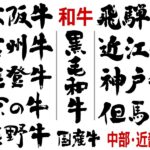Contents
A brief history of Beef and Japanese
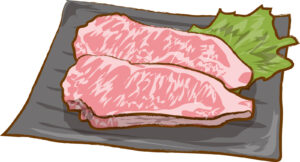
Today, "Wagyu" is a brand name for gourmet beef enjoyed by people worldwide. Its beautiful marble like pattern, sweet melt-in-your-mouth rich flavor. Once you taste it, you will never forget it.
In Japan, history of "Beef" as a culture is quite short. It was brought over from Korea in 300 BC already, but it did not really stay. Majority of Japanese people were never really beef consumers until recently.
Prior to Edo period (1603~), there were times when eating meats was not considered noble, or there were periods when eating meats was prohibited or treated as taboo. Even when available, it was consumed only by the privileged few.
Ordinary families had rice or grains and vegetables as main dishes, and occasional poultry, or seafood if they lived on the coastline.
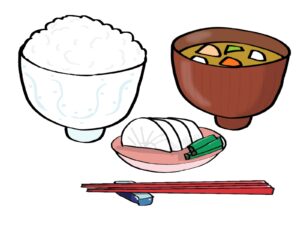
More importantly, people considered cattle mainly as a source of labor back then. They pulled, pushed, crushed, and carried. When there was no machineries or heavy equipment, mighty cattle were valuable work force.
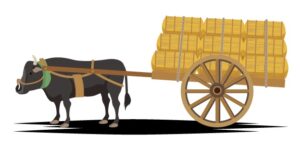
Since Western influence began to surge in Meiji era (1868~), consuming beef and milk gained a steady upward popularity. Together with less and less demand for cattle as labor source, new relationship has emerged between cattle and Japanese.
Especially after WWII, beef became a symbol of wealthy, modern living. As demand grew, more cattle were raised and beef market grew in volume and quality.
So, for Japanese, it's only been 70-80 years or so since "beef" truly became a common household item.
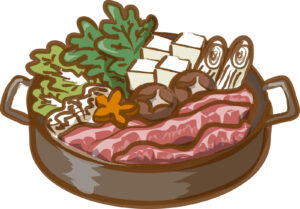
"WAGYŪ" what is it?
"WA" means Japan, "GYŪ" means cattle.
So, "WA-Gyu" means Japanese cattle.
But this terminology is far from simple. In Japan, for any cattle to be called "WAGYŪ", it must satisfy multiple conditions and regulations. Major ones are:
1⃣ Cattle must be one of the 4 breeds or mix:
- Kuroge-wasyu (Black Cattle)
- Akage-wasyu (Japanese Brown Cattle)
- Nihon-Tankaku-syu (Shorthorn Cattle)
- Mukaku-wasyu (Polled Cattle)
- Cross breeds of above 4
2⃣ Cattle must be born and raised in Japan
3⃣ Breed/ancestry must be able to be verified by the cattle traceability system.
Cattle Traceability System
Cattle traceability system is an official recording system in Japan that identifies individual cattle from its birth to the consumer. Effective 2003, all cattle that stands on Japan's soil are registered.
This system began as a result of "mad cow disease" discovered in 2001. Mad cow disease has a long incubation period. In order to identify, prevent, and protect cattle, an accurate tracking system was necessary.
Now, all cattle in Japan wear an ear tag on both ears with 10 digit ID number. By entering this ID number into the database, anybody can view the detailed information on any cattle.
So, with the Cattle Traceability System, you can verify each cattle by its breed, birth date and place, farm it grew up in, owners name, additional place of residence, to name a few.
And now the system can be used as a proof of authentic high quality Wagyū produced in Japan. When you see the 10 digit ID printed on the package of beef you purchased, you can view the detail using the system as well.
Cattle must clear multiple screenings before it's labeled as "Wagyū".

But there are "WAGYŪ" produced in other countries, aren't there?
Yes. As a matter of fact, the term "Wagyū" was first known by the world as high quality beef from Australia.
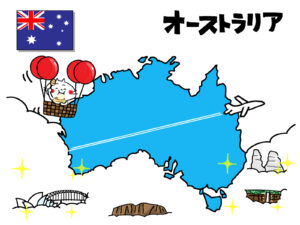
In 1990s, dozens of Japanese cattle including calves, fertilized eggs, and semen were exported to Australia. This was before strict export regulation was put in place. Being a livestock powerhouse, Aussies successfully bred and expanded their cattle, promoted their high quality beef as "Wagyū" and exported worldwide. They were very well received.
Japan experienced some setback due to FMD (Foot-and-mouth disease) found in 2010, and Great East Japan earthquake of 2011, but demand and production have been increasing steadily.
In 2020, US eased some limitation, and China also lifted the ban, and overall demand for Japanese Wagyū is now growing quite impressively.
Australian "Wagyū" is high in quality. They have their own regulations and method for raising cattle. But they are not Japanese "Wagyū". The quality is clearly different. They are both great beef, it's just that they are different products.
So, when you purchase, take note. Label that only says "Wagyū" is not accurate enough. It should clearly say "Japanese" or "Australian" or "US/American". If not, please ask. (This only applies to Wagyū beef sold outside of Japan.)

 Wa Gyū
Wa Gyū
Grading system of Japanese "Wagyū" - What is A5?
All beef including Wagyū from Japan are graded for its quality by the Japan Meat Grading Association.
The next article will go over this grading system, and the unique characteristics of Japanese Wagyū beef and how to enjoy them at your home.
-

-
Wagyū Part②・わぎゅう・和牛・The extreme beef experience - Cafe japan ・www.japanese101.net
ContentsWagyū Grading System by the Japan Meat Grading AssociationWhy "Yield" is so import
 japanese101.net
japanese101.net
See you next time! 
Please note



